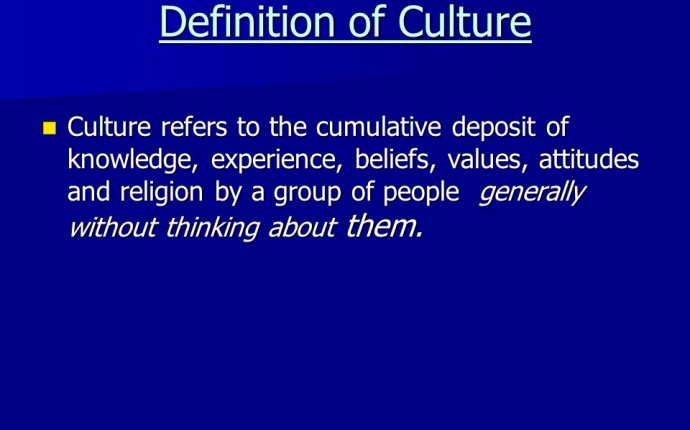
Cultural diversity definition sociology
 This essay has been submitted by a student. This is not an example of the work written by our professional essay writers.
This essay has been submitted by a student. This is not an example of the work written by our professional essay writers.
The three branches of human sciences (Social sciences), Sociology, Anthropology and Psychology are interlinked in that they try to describe the different areas of human life and their relationships to each other. They offer an explanation on human behavior and in the society they live. Furthermore, these social sciences provide essential skills in analyzing the intentions and behavior of individuals and groups they encounter. Individual identity is forged by one's culture, groups, and by institutional influences. Institutions such as families, schools and even churches greatly influence human beings yet these institutions are merely organizations whose aim is to develop the core social values of its constituents.
In discussing cultural diversity on the perspectives of the three social sciences there is a need to understand the difference between culture and society. This is because the all the three disciplines explore culture and society to understand human behavior in depth. The term 'Culture' has many different meanings, for some it is the appreciation of art, literature, music and food, while for others like biologists; they take it as a colony of microorganisms growing in a nutrient medium in a laboratory. However for social scientists, culture is the full range of learned human behavior patterns. Cultures are traditions and customs, transmitted through learning and adaptations. Children obtain such traditions by growing up in a certain society, through a process called 'enculturation'. A culture results into a degree of uniformity in behavior and thought among the inhabitants of a particular society (Baugher et. al, 2000, p. 4). The terms 'culture' and 'society' are different as cultures are considered to be complexes of learned behavior patterns and perceptions while society is a group of interacting organisms. Therefore this paper will critically analyze cultural diversity based on the three social sciences, evaluating the social sciences similarities and differences.
Anthropological perspective of culture diversity
When it comes to understanding diversity in cultures, the anthropological view can help humanity understand and appreciate the complexity of diverse cultures. This discipline involves the study of biological and cultural origins of the humans. The subject matter of anthropology is wide-ranging, including, fossil remains, non human primate anatomy and behavior, artifacts from past cultures, past and present languages, and all the prehistoric and contemporary cultures of the world.
The subfield of cultural anthropology is the most commonly studied and useful in analyzing and interpreting the diverse cultures of the world. In recent years, recognition of the need for multicultural awareness, understanding, and skills has grown in our society. The aim is to achieve multicultural diversity competence, which is a term that refers to the ability to demonstrate respect and understanding, to communicate effectively, and to work with different cultural backgrounds (George & Fischer, 1999, p. 71). These diversities in culture encompass differences in gender, race, ethnicity, religion, age, sexual orientation, social class and physical appearance. Misunderstandings and conflicts in the society are two major consequences of lack of awareness in the ever increasing cultural diversity. Cultural anthropology explains cultural diversity through aspects of social life such as material culture, social organizations, politics, economics, symbolism, change and development, ethnicity and modern nation-state formation.
In explaining and interpreting the diverse cultures, anthropology uses ethnography- describing particular cultures; and ethnology- comparing two or more cultures. In addition it incorporates the holistic approach in cultural studies by studying biological and cultural aspects of human behavior; encompassing the broadest possible time frame by looking at contemporary, historic and prehistoric societies; examining human culture in every part of the world; and studies many different aspects of human culture (George & Fischer, 1999, p.68).
Moreover, here you can find information about Non denominational churches Riverside ca.









